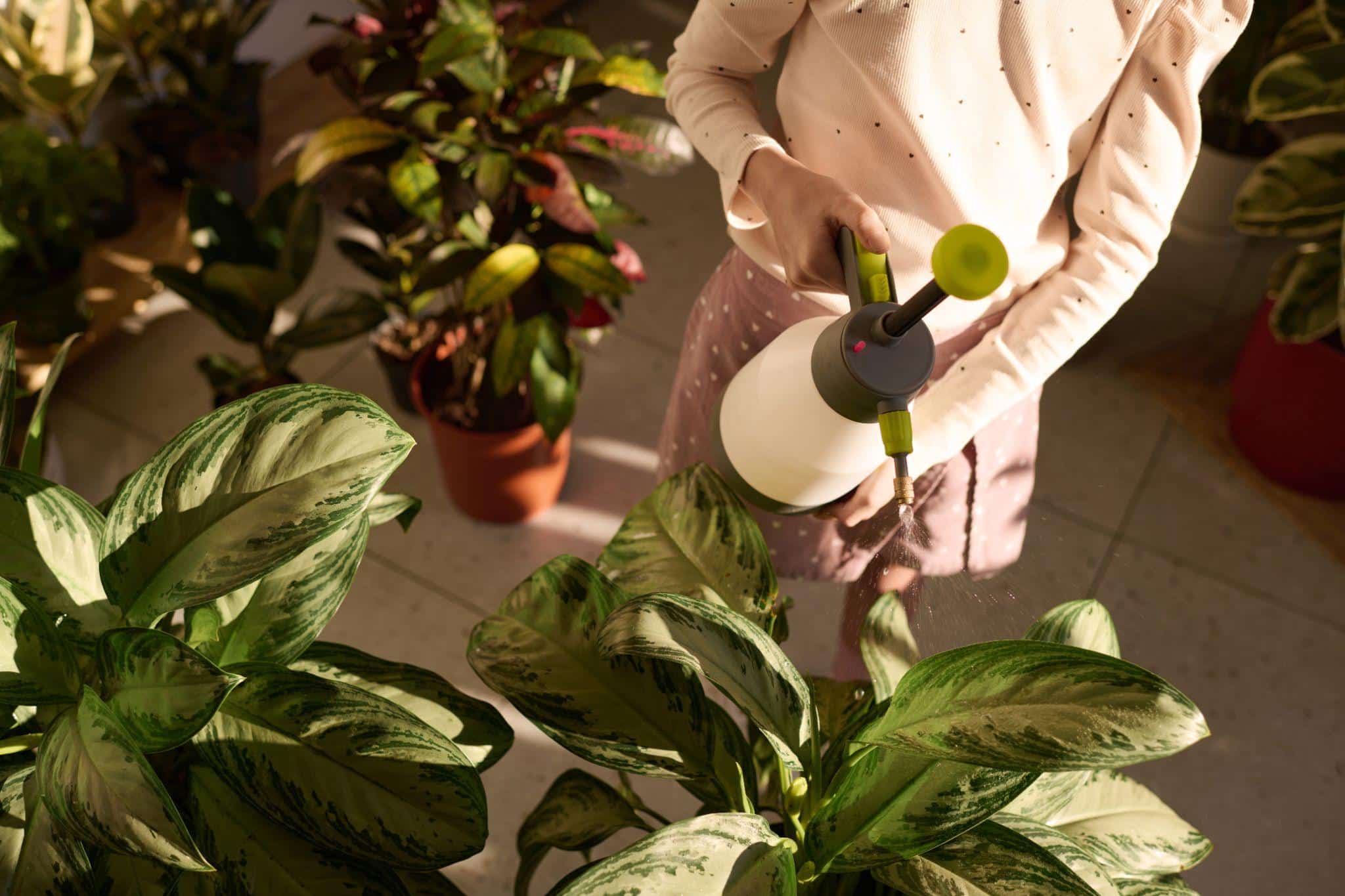How to Maintain Optimal Humidity Levels for Houseplants
Indoor plants not only add beauty to your home but also improve air quality and provide numerous psychological benefits. However, maintaining these plants can be challenging, especially when it comes to managing humidity levels.
Many indoor plants originate from tropical or subtropical climates, where humidity levels are much higher than those typically found in our homes. Therefore, understanding and managing humidity is crucial for keeping your houseplants healthy and thriving.
Why Humidity Matters for Houseplants
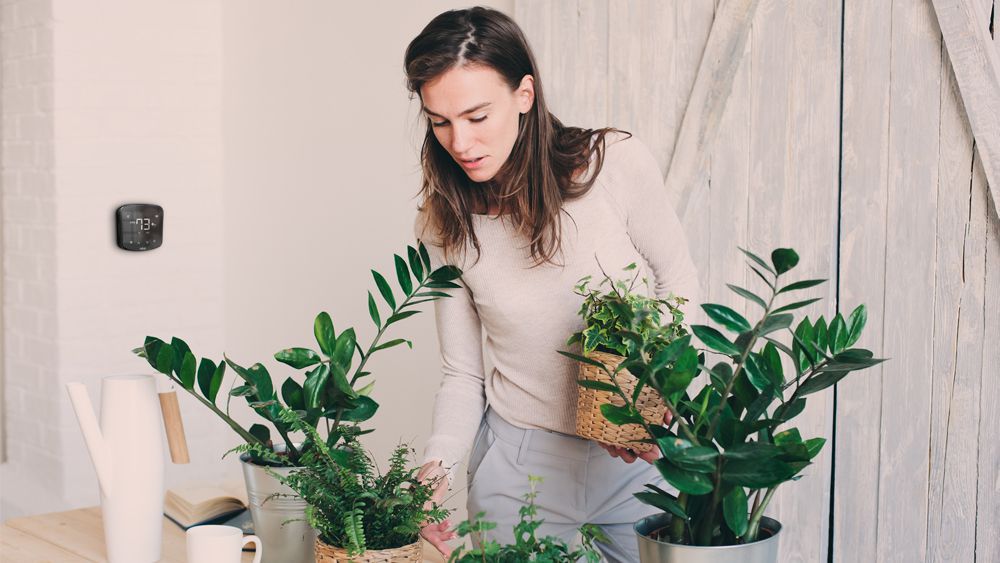
Plants like ferns, orchids, and tropical varieties thrive in high-humidity environments, while succulents and cacti prefer drier conditions. Therefore, identifying the specific humidity needs of your plants is the first step towards effective humidity management.
Signs of Humidity Stress in Plants
Before diving into how to manage humidity, it’s important to recognize the signs of humidity stress in plants. Common symptoms of low humidity include:
- Brown and crispy leaf edges or tips.
- Leaf drop or wilting.
- Slow growth or stunted plants.
- Curling leaves.
On the other hand, high humidity can lead to:
- Mold or mildew on the soil or plant leaves.
- Fungal infections.
- Soft, rotting stems or leaves.
Being aware of these signs can help you take timely action to adjust humidity levels and ensure your plants remain healthy.
Tips and Tricks for Maintaining Optimal Humidity Levels
1. Use a Humidity Tray

2. Group Plants Together
Grouping plants together can create a microenvironment with higher humidity. Plants naturally release moisture through a process called transpiration, and when they are placed close to each other, the collective humidity increases. This method works particularly well in rooms where the air tends to be drier.
3. Misting
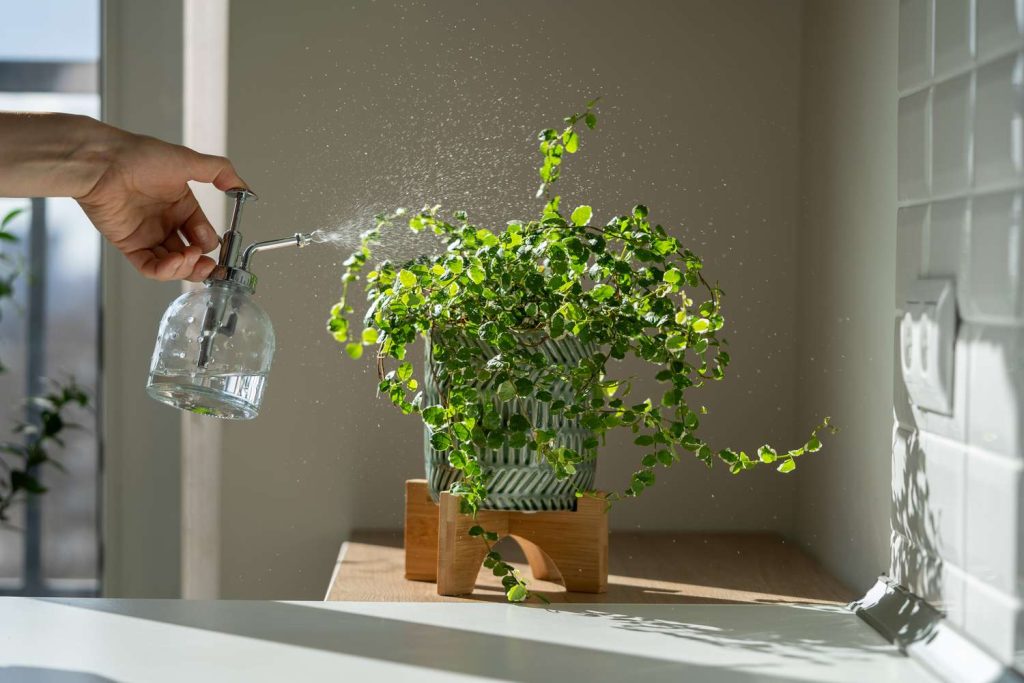
4. Use a Plant Humidifier
A humidifier for plants is an excellent tool for maintaining consistent humidity levels in your home. Place a humidifier near your plants to provide a steady stream of moisture. This is particularly useful during winter months when indoor air tends to be drier due to heating systems.
One highly recommended option is the Spider Farmer Cool Mist Humidifier for Plants. This humidifier is specifically designed for plant enthusiasts and gardeners. It features adjustable mist levels, a large water tank, and a timer function, making it convenient and efficient to use. The Spider Farmer Plant Humidifier helps to maintain optimal humidity levels, ensuring your plants receive the moisture they need to thrive. Additionally, its quiet operation and sleek design make it a perfect addition to any home or plant nursery.
If you are interested in this plant humidifier, click here to make a purchase.
5. Relocate Plants to Humid Areas
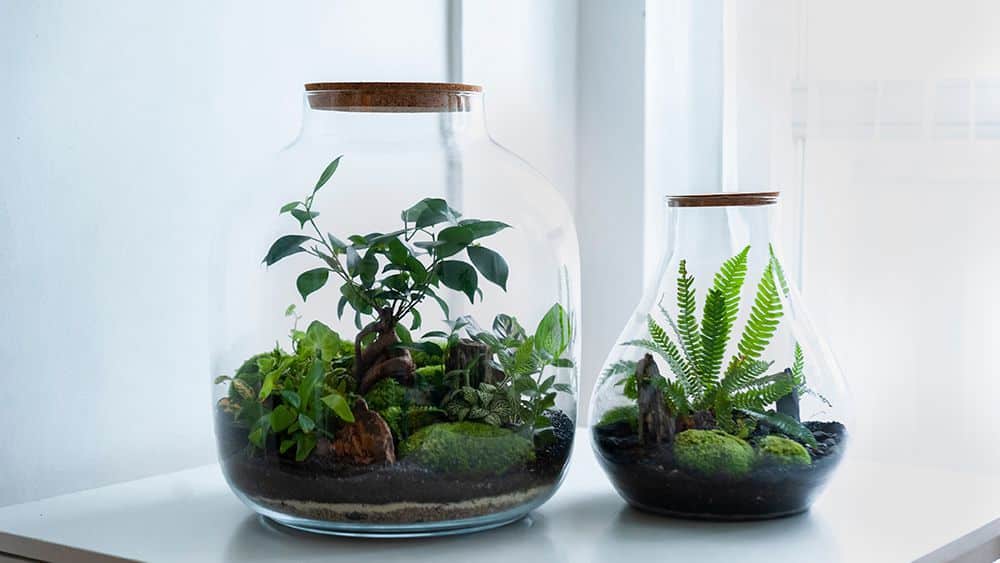
6. Cover Pots with Plastic
For a temporary humidity boost, cover the pot with a clear plastic bag, creating a mini greenhouse effect. Ensure the plastic does not touch the leaves, and leave it slightly open at the top for air circulation. This method is particularly useful for propagating cuttings or helping plants recover from stress.
7. Monitor and Adjust
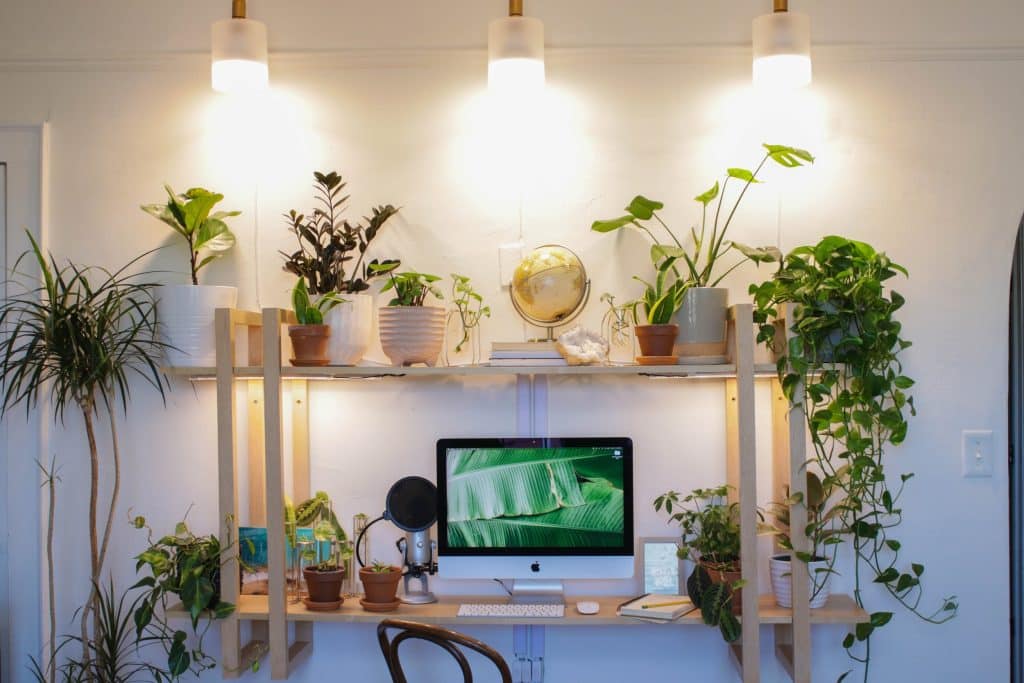
8. Create a Humidity Tent
For plants that require very high humidity, consider creating a humidity tent. Place a clear plastic bag or sheet over the plant and secure it at the base of the pot. This method works well for humidity-loving plants but should be monitored to prevent mold growth.
9. Invest in Self-Watering Pots
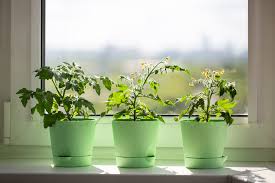 Self-watering pots can help maintain a consistent level of moisture in the soil, which in turn can help stabilize the humidity around the plant. These pots are designed to provide a steady supply of water to the plant roots, reducing the frequency of watering and helping to maintain an ideal humidity level.
Self-watering pots can help maintain a consistent level of moisture in the soil, which in turn can help stabilize the humidity around the plant. These pots are designed to provide a steady supply of water to the plant roots, reducing the frequency of watering and helping to maintain an ideal humidity level.
10. Avoid Overwatering
While it might seem counterintuitive, overwatering can lead to low humidity issues. When the soil is constantly wet, it can cause root rot and other problems that prevent the plant from absorbing water properly, leading to a dry environment. Water your plants according to their specific needs and ensure proper drainage to avoid waterlogged soil.
Conclusion
Managing humidity levels is a crucial aspect of indoor plant care. By understanding the humidity needs of your plants and implementing these tips and tricks, you can create an environment where your houseplants can thrive. Whether it’s using a humidity tray, misting, or investing in a humidifier, these strategies will help you maintain optimal humidity levels, ensuring your plants stay healthy and vibrant. Remember, happy plants make for a happier home!

